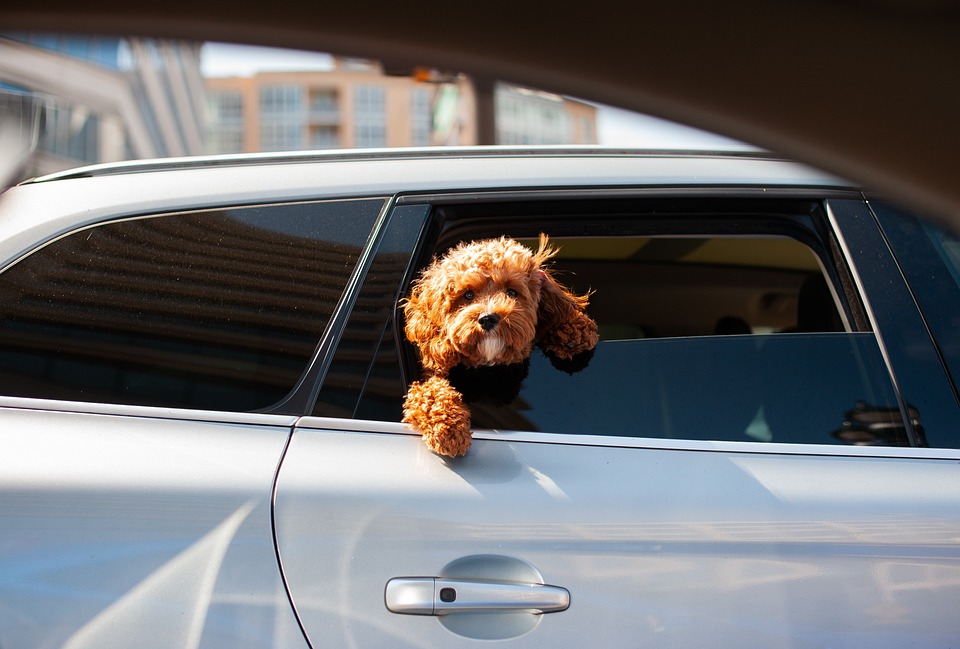Separation anxiety is a common issue faced by many dog owners, particularly in puppies. It occurs when a dog becomes distressed or anxious when separated from their owner or when left alone. Understanding the signs and symptoms of separation anxiety in puppies is crucial for their overall well-being and the harmony within your household.
One of the most common signs of separation anxiety in puppies is destructive behavior. Puppies with separation anxiety may chew on furniture, shoes, or other household items when left alone. They may also scratch doors or windows in an attempt to escape or alleviate their anxiety.
Excessive barking, howling, or whining is another common symptom of separation anxiety. Puppies may vocalize excessively when left alone, often in a high-pitched and distressed manner. This behavior is their way of expressing their anxiety and trying to seek attention or comfort.
House soiling or inappropriate elimination is also observed in puppies with separation anxiety. They may urinate or defecate inside the house, even if they are house trained. This behavior is often a result of their anxiety and the inability to control their bodily functions when left alone.
Puppies with separation anxiety may also attempt to escape from their confinement area or the house itself. They may scratch at doors or windows, jump over fences, or dig under gates. This behavior is a desperate attempt to find their owner or alleviate their anxiety.
Restlessness and pacing are common signs of separation anxiety in puppies. They may constantly move around the house, unable to settle down or relax. This behavior is a manifestation of their anxiety and their inability to cope with being alone.
Excessive salivation or drooling is another symptom of separation anxiety in puppies. When left alone, puppies may become excessively drooly due to their heightened stress levels. This can result in wet spots on the floor or their bedding.
Loss of appetite is also observed in puppies with separation anxiety. They may refuse to eat or only eat when their owner is present. This behavior is a result of their anxiety and their lack of interest in food when feeling distressed.
In some cases, puppies with separation anxiety may display aggressive behavior. They may growl, bark, or even bite when they feel threatened or anxious. This aggression is often a defense mechanism to protect themselves from their perceived threats.
Understanding the causes of separation anxiety in puppies can help in addressing and managing this condition. Lack of proper socialization, sudden changes in routine or environment, traumatic experiences, and over-attachment to the owner are some common causes of separation anxiety in puppies.
To help a puppy with separation anxiety, gradual desensitization is often recommended. This involves gradually increasing the time spent apart from the puppy, starting with short periods and gradually building up to longer durations. Providing mental stimulation, such as puzzle toys or treat-dispensing toys, can also help keep the puppy occupied and distracted when left alone.
Creating a safe space for the puppy, such as a crate or a designated area with their bed and toys, can provide them with a sense of security. It is important to make this space a positive and comfortable environment for the puppy.
Seeking professional help from a veterinarian or a professional dog trainer experienced in dealing with separation anxiety is also recommended. They can provide tailored solutions and guidance based on the specific needs of your puppy.
In conclusion, recognizing and understanding separation anxiety in puppies is crucial for their well-being and the harmony within your household. By being aware of the signs and symptoms, as well as the underlying causes, you can take proactive steps to help your puppy overcome this condition. Remember, patience and consistency are key when addressing separation anxiety, and seeking professional guidance can provide tailored solutions for your furry friend.









